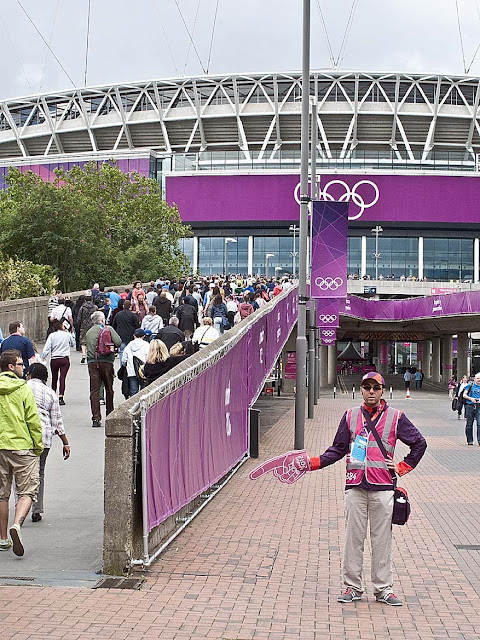I will put the colours in the order we usually refer to them, R G B.
RED
Camera metered exposure.
Half stop lighter.
Half stop darker.
None of the photographs used have been changed in any way, they were taken as raw files, converted to TIFF's and sharpened in Photoshop. I used a Polarising filter when taking all of the images, I find this gives better and truer colours. Of the three red pictures, I feel that the exposure at half a stop lighter is closest to the red on the colour wheel.
GREEN
Camera metered exposure.
Half stop lighter.
Half stop darker.
The photograph taken at the camera's metered exposure is closest to the green on the colour wheel. There is only a slight variation between the images when an exposure a half stop darker was used, only in the shadow areas can I see any difference. There is however a noticeable difference with an exposure a half stop lighter.
BLUE
Camera metered exposure.
Half stop lighter.
Half stop darker.
A half stop darker appears closest to the colour wheel, for blue, I can see a greater difference between each image than I could with the green photographs.
Yellow
Camera metered exposure.
Half stop lighter.
Half stop darker.
I chose lichen as the subject for yellow, the lighter one is closest to the colour wheel, again a noticeable difference between each of the images. The camera's meter could have been influenced by the grey concrete wall on which the lichen was growing.
ORANGE
Camera metered exposure.
Half stop lighter.
Half stop darker.
I photographed this L P G tanker on the river Mersey for the orange subject. The picture taken a half stop lighter looks almost the same as the orange on the colour wheel, there is considerable difference in the colour of the lighter and darker images. The shade of orange in the darker photograph could be mistaken for red.
Violet
Camera metered exposure.
Half stop lighter.
Half stop lighter.
The camera metered exposure looks about the best match to the violet on the colour wheel. I'm not sure how much the weather has affected the colour, it was very overcast when the pictures were taken. Again a marked change between all three images.
Conclusion:-
After looking at the photographs of the six colours, it is my opinion that the variation in exposure has resulted in the following. One at a half stop darker, two at the camera metered setting and three at a half stop lighter, seem to match the colour wheel the best. The darker violet image is somewhat drab, as I said before it may be because all except the violet pictures were taken in good light, I cannot be sure how much this has affected the result. All the colours show an obvious difference between the exposures apart from green, when the camera metered exposure and half stop darker are very similar, the shadow areas are perhaps the only variation. The half stop lighter or over exposed photograph is noticeably lighter, I had to check the camera metadata to see if I had exposed it correctly. The greatest variation seems to be between the lighter and darker orange ship photographs, as I said before the dark one is almost red.



















No comments:
Post a Comment